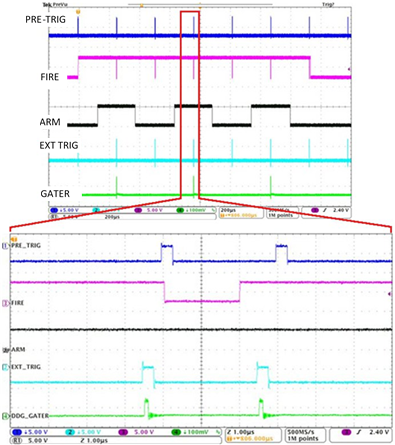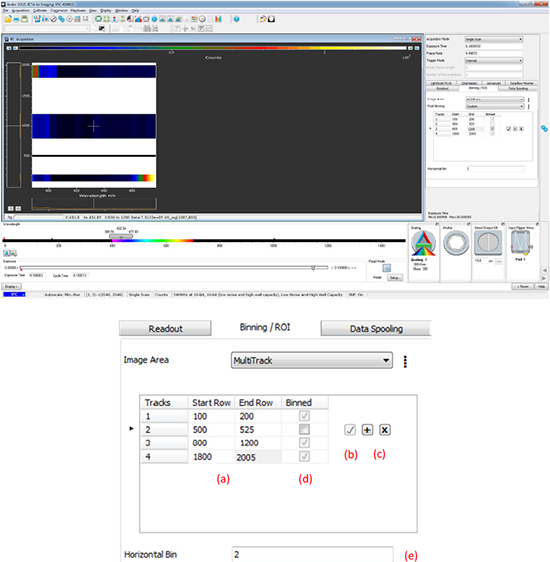
The various approaches that have been used either select the small amount of ballistic (and snake) photons from among the huge amount of multiply scattered light that reaches the detector or the camera, or exploit the diffusive light itself to gain imaging capabilities (see, for example, reviews ). Photons transiting a scattering medium are usually classified as (a) ballistic photons, that are forward scattered and retain their original direction of propagation, (b) snake photons, that are near forward scattered, and have paths that are not far from the ballistic, and (c) diffusive photons that are scattered through random angles over all directions and whose paths are scrambled such that the original direction of propagation is lost. The other class of techniques exploits the physics of the problem and discriminates between different types of photon trajectories. One class of “fog-removal” technique is purely computational, where image processing algorithms are used on single or multiple images to remove the effect of fog (e.g., and references therein). Such examples illustrate the need for a simple, cheap, and compact technique aimed at improving the visibility of optical beacons in foggy weather conditions, and if possible also viewing objects that do not themselves emit light. Similar problems exist in maritime navigation, railway transportation, and even for motor transport on highways. It becomes impossible for the pilot to observe these beacons during thick fogs, and there is no other alternative in the case of airfields or aircraft not equipped with radio-frequency instrument landing systems.

#ANDOR SOLIS BRIGHTNESS VIDEO MODE SERIES#
This latter situation is of particular relevance when series of beacons are installed along runways to guide aircraft for landing and takeoff. This is detrimental to many imaging applications of optics in open air, based either on passive imaging of scenes immersed in fog, or on active detection of beacons. Visibility is reduced in fog because the tiny droplets of water suspended in air cause random multiple scattering of light, thereby degrading the image-bearing capabilities of photons. © 2021 Optical Society of America under the terms of the OSA Open Access Publishing Agreement 1. This method, thus, holds promise of aiding in various forms of navigation under poor visibility due to fog.

Further by illuminating the field of view with a modulated source, the technique helped reveal objects that were earlier obscured due to multiple scattering of light.
#ANDOR SOLIS BRIGHTNESS VIDEO MODE SOFTWARE#
By means of intensity modulation at the source and two-dimensional quadrature lock-in detection by software at the receiver, a significant enhancement of the contrast-to-noise ratio was achieved in the imaging of beacons over hectometric distances. We report experiments conducted in the field in the presence of fog, that were aimed at imaging under poor visibility.

Question mark (?) - Example: "gr?y" retrieves documents containing "grey" or "gray".Asterisk ( * ) - Example: "elect*" retrieves documents containing "electron," "electronic," and "electricity".Improve efficiency in your search by using wildcards.Example: (photons AND downconversion) - pump.Example: (diode OR solid-state) AND laser.Note the Boolean sign must be in upper-case. Separate search groups with parentheses and Booleans.



 0 kommentar(er)
0 kommentar(er)
